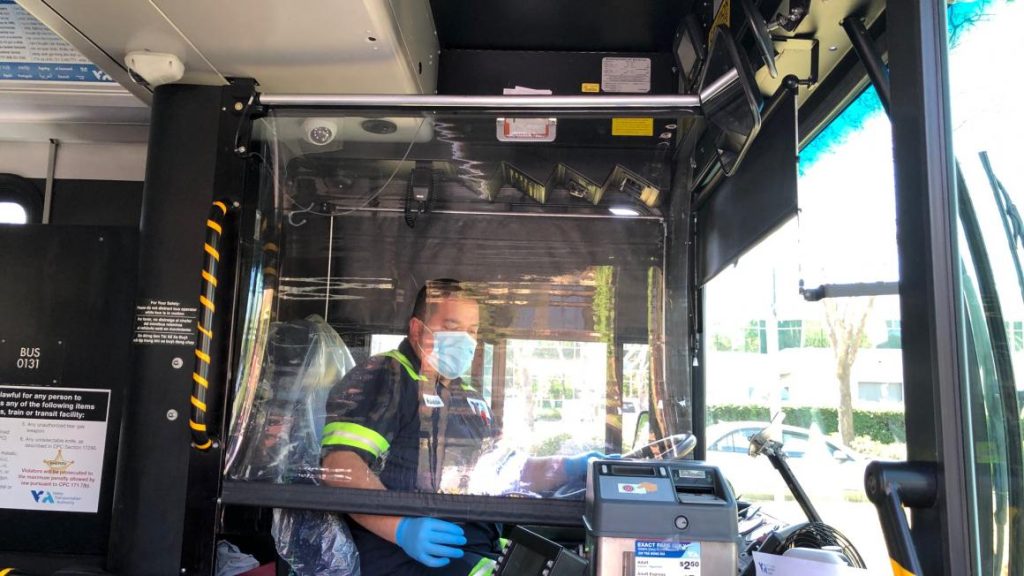The coronavirus pandemic has presented unique challenges for transit agencies across the country.
As Chicago and other cities continue to shift into the next phases of reopening, transitioning public transit safely and effectively for riders and operators is a key part of that process. This includes presenting information transparently and consistently, creating user-friendly websites, and using innovative approaches to keeping in touch with riders.
The following are some communication strategies and tools that transit agencies across the country have used:
Clear information about covid-19 cases: The San Diego Metropolitan Transit System website allows visitors to see the number of confirmed covid-19 cases of frontline employees and the corresponding routes they served.
User-friendly website: A key part of helping riders get the right information is offering easy-to-use websites as well as infographics and other user-friendly content. Of all the websites I browsed, TriMet — which provides bus, light rail, and commuter rail service in the Portland, Oregon region — offered a website that was the easiest to use and most accessible. The use of graphics, the breakdown of information into manageable pieces, and the FAQ section all help the user find needed information.
Relevant, up-to-date information: Metrolink’s website in Southern California allows users to easily track updates based on date. This helps provide the public a sense of security that updates are happening as conditions change week to week.
Rider survey: RTD in Denver surveyed 2,700 of its passengers online and through social media to gauge perceptions of transit and inform their strategies for maintaining rider safety. They published a 20-page feedback summary. The more agencies can engage the public for their feedback on riding transit, the better it can respond to changing concerns. It is also important to share that feedback once gathered.
Reaching riders on social media: Not sure any agency can match the social media presence of BART in the Bay Area. This week, it posted a Twitter thread of 15-steps it’s taking to welcome riders back safely, which included strategies for spacing out riders, potential face-mask vending machines at stations, and information about personal hand straps for riders. Clear information on multiple platforms, including social media, is key to restore trust in public transit.
Laying out phases of reopening: As cities have been reopening under phases, transit agencies should share what this framework could look like for them. LA Metro recently released its four-phase plan. It’s helpful for the public to know what the transition will be like for public transit in the coming months.
Uplifting successes: A story from the Valley Transportation Authority in Santa Clara County, California, was heartening. VTA employees at the maintenance yards had an idea to repurpose old pull-down sunshades from decommissioned buses to protect drivers and riders from interaction or contact during fare collection. Estimates indicate about a third of VTA’s fleet of 470 buses could be outfitted with the supply of old shades. Whenever possible, transit agencies should uplift the stories of their employees doing critical work. It helps build morale and share ideas.
Photo courtesy of Valley Transportation Authority.

